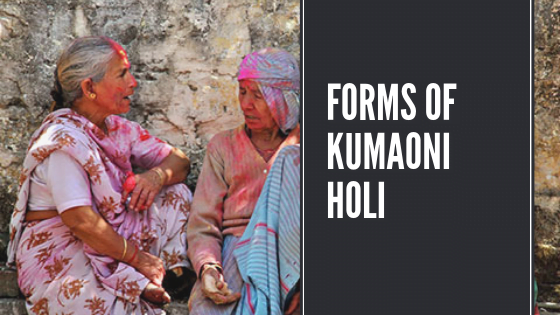It is impossible to discuss Hinduism without highlighting the role of Adi
Shankaracharya. Besides championing the philosophy of Advaita Vedanta, he
restructured the ancient Sanyasa order. He promoted the idea of unification of
the self (atman) with the supreme soul (nirguna brahman). His primary
objective was to understand and explain how moksha (liberation) can be
achieved in this lifetime.
Born in Kalady, Kerala, Adi Shankaracharya gave up worldly pleasures at a
very young age. In his short span of life, he worked immensely towards
reviving Hinduism. When he left his home at the age of eight in search of his
guru, young Adi Shankaracharya reached the banks of Narmada after travelling
about two thousand kilometres where he met his guru, Govinda Bhagavatpada.
Under his guru’s guidance, Adi Shankara studied Vedas, Upanishads,
Brahmasutra and Gaudapadiya Karika. After mastering the ancient scriptures at
just the age of twelve, Adi Shankaracharya wrote commentaries explaining the
teachings of the scriptures.
Adi Shankara embarked on Digvijay yatra where he travelled across India
spreading the message of the Vedas, Advaita Vedanta and Dashanami
Sampradaya. His teachings were challenged by many scholars but Adi Shankara
managed to amaze them with his wisdom and intelligence. He was soon
considered a guru by many.
After completing his yatra, Adi Shankaracharya, alongwith his disciples, once
again set out for Badrinath. They stayed at Joshimath for some days. One of
those days, he called his disciples and said that in order to keep the Advaita
Vedanta alive for a long time, it is extremely important that the sanyasis remain
united. For this purpose, mathas (abodes) must be established in the four corners
of India. This is how the four mathas, Jyotirmath in the North, Dwarka math in
the west, Sringeri math in the South and Govardhan math in the East were
created.
After creating the three mathas in Kanyakumari, Jagannath and Dwarka, Adi
Shankaracharya reached Rishikesh. He came to know that the priests of
Badrikashram had thrown the Vishnu sculpture into Narad Kund, at Alaknanda
river bank, fearing the Tibetan looters. Adi Shankara brought back the sculpture
and placed it in a cave near Tapt Kund. Later, a temple was created for the God.
It is believed that Srinagar, a small Himalayan town about forty-four kilometres
from Devprayag, got its name from Sri Yantra, a mythical giant rock.
According to a legend, human lives were sacrificed in front of this rock in order
to please the God. In order to put an end to this practice, Adi Shankara threw the
rock into the river Alaknanda.
He was thirty-two years old when he died in Kedarnath. It is believed that
during his last days, Adi Shankaracharya would often be found engrossed in
meditation.
According to Adi Shankaracharya, the one unchanging entity (Brahman) is the
only truth and the world is unreal. He believed that there is no difference
between Brahman and the individual self and that the two are indivisible. Thus,
by the statement, “Brahma Satyam Jagan Mithya, Jeevo Brahmaiva Na Para”,
he summarized the essence of the ancient scriptures.
Discover more from The Doon Mozaic | द दून मोज़ेक
Subscribe to get the latest posts sent to your email.




2 thoughts on “Shankaracharya and his last days in Uttarakhand”